SAN FRANCISCO — In Wednesday’s episode of the Oracle-Google trial at U.S. District Court here., a November 2006 presentation outlining a vision and plan for a Google phone came into evidence.
Related stories
- Android chief: We didn’t believe we needed a license from Sun
- Google’s Andy Rubin dodges David Boies’ bullets
- Images: Oracle, Google chiefs on witness stand
- Oracle, Google battle over Android, Java
The company proposed to partner with T-Mobile, with an open-software platform that also allowed users access to Google services, such as search, maps, and Gmail. Google would drive traffic to enable online transactions.
“At Google, we believe we can be successful in transforming the mobile experience — in the same way we have revolutionized the fixed Internet experience,” the company stated in the document.
Google proposed an unlimited data plan for $9.99 (except for photo updating), and outlined its overall strategy with T-Mobile as follows:
- Google leverages its online properties to create qualified buyers for the Google Phone
- Google sends leads to T-Mobile’s online store generating $180 in acquisition savings
- Google forgoes a commission and applies $120 of the savings to a subsidized data plan
- The remaining $60 in savings is used to reduce T-Mobile’s CPGA
- T-Mobile offers a subsidized Google unlimited data plan for $9.99 a month
- Google provides back-end service for its product suite designed to average 15MB per month
- Customers agree to self-help for Google applications as a condition of purchase
- Google provides online support and on-phone FAQ for all Google applications
- T-Mobile provides standard customer service for non-Google issues
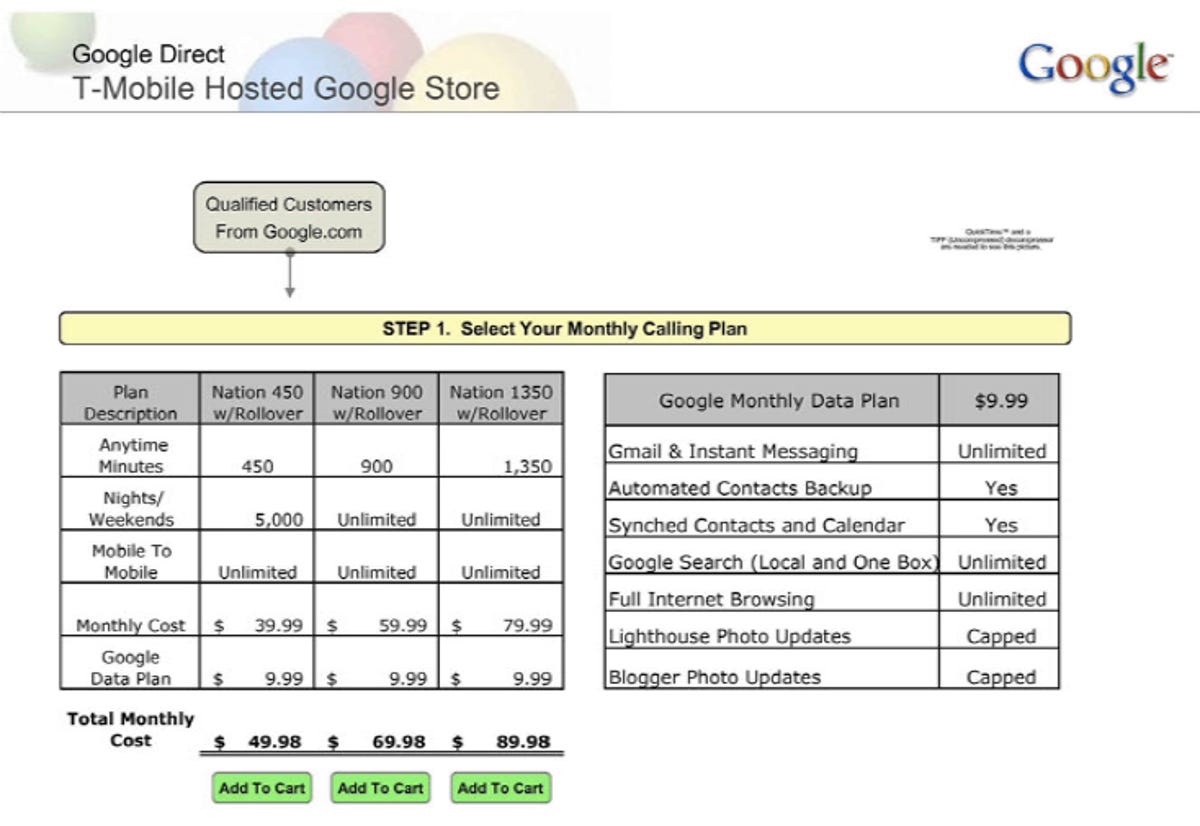

Oracle v. Google trial exhibit
The hardware would be based on the ARM9 200MHz or a better chip, and the phone would have 64MB RAM, 64MB Flash, and a QVGA TFT LCD or better display.
The eventual Google Android phone, called the T-Mobile G1, went on sale October 22, 2008 for $179 with a two-year service contract. The G1 came with two data-messaging plan options. The first offered unlimited Web usage and some messaging for $25. A $35 plan offered unlimited messaging and Internet access.
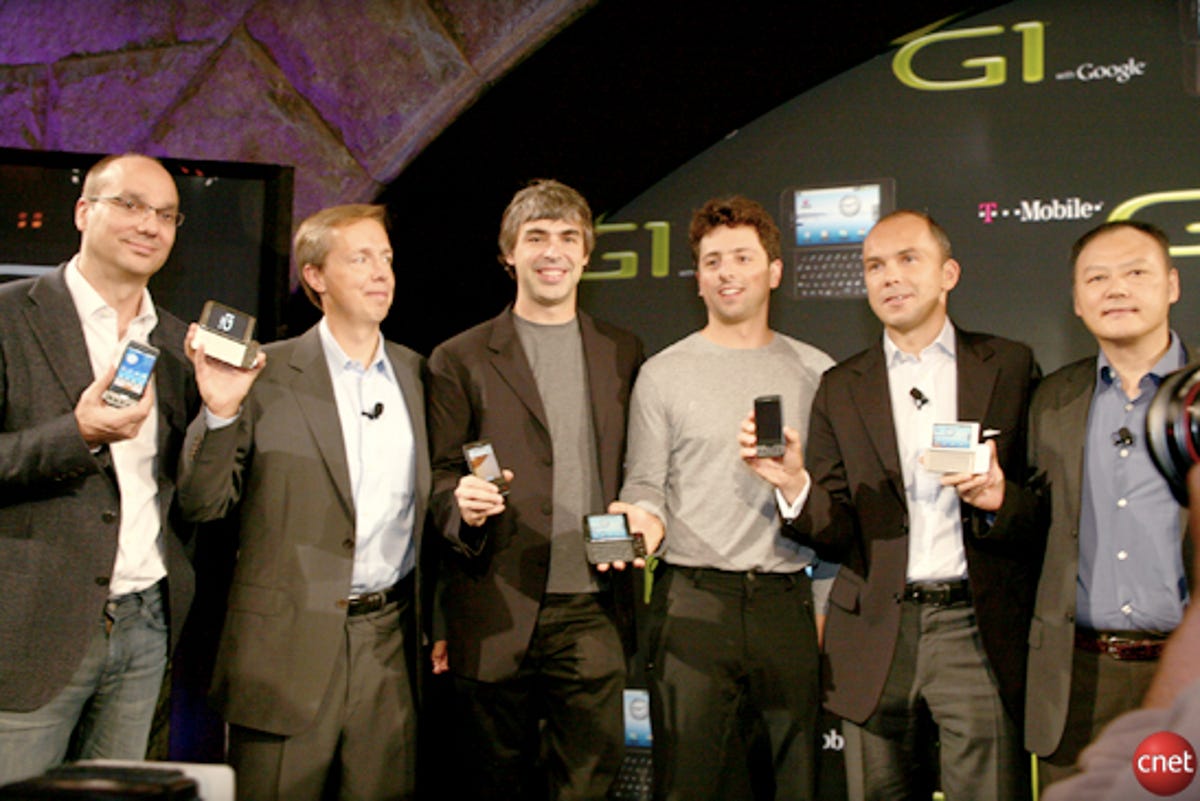

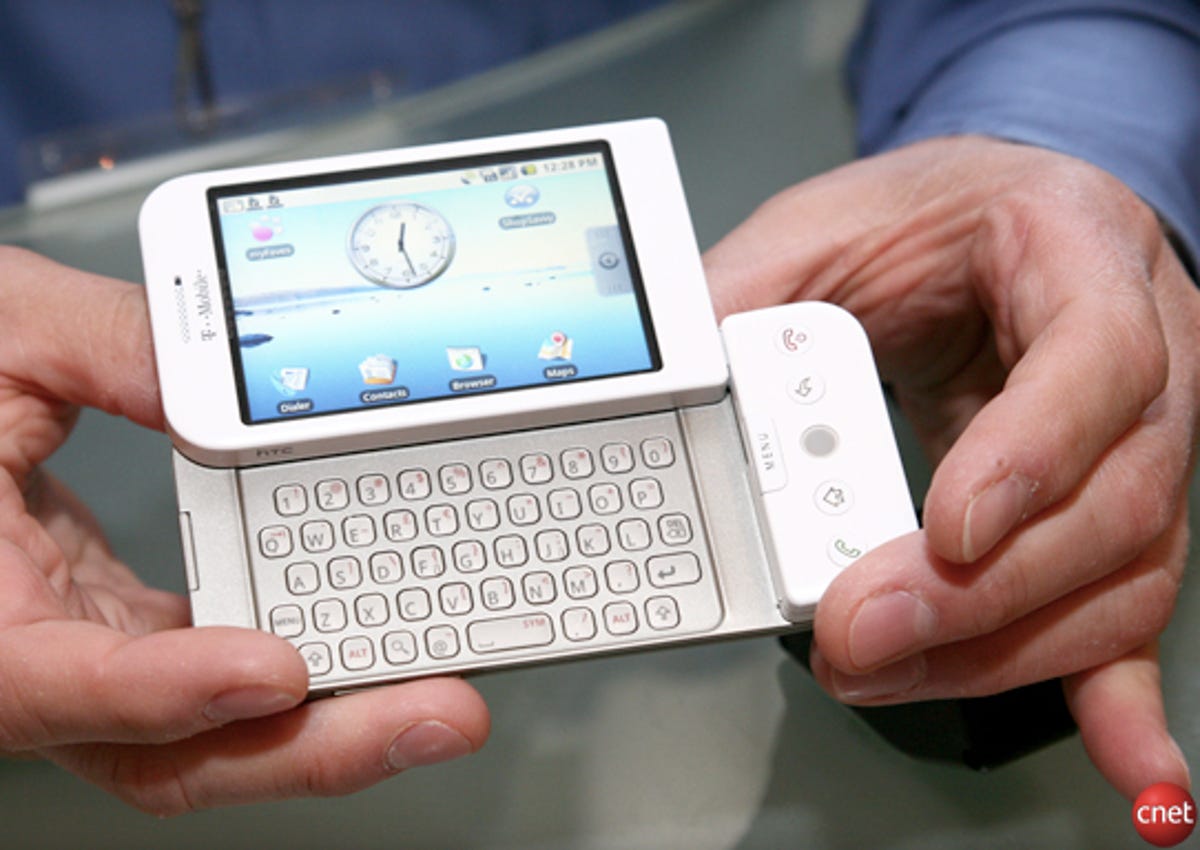

The Android software platform would include Java APIs that are at the heart of the dispute with Oracle, which claims that the Java APIs are copyrightable and is asking for $1 billion in damages against Google.
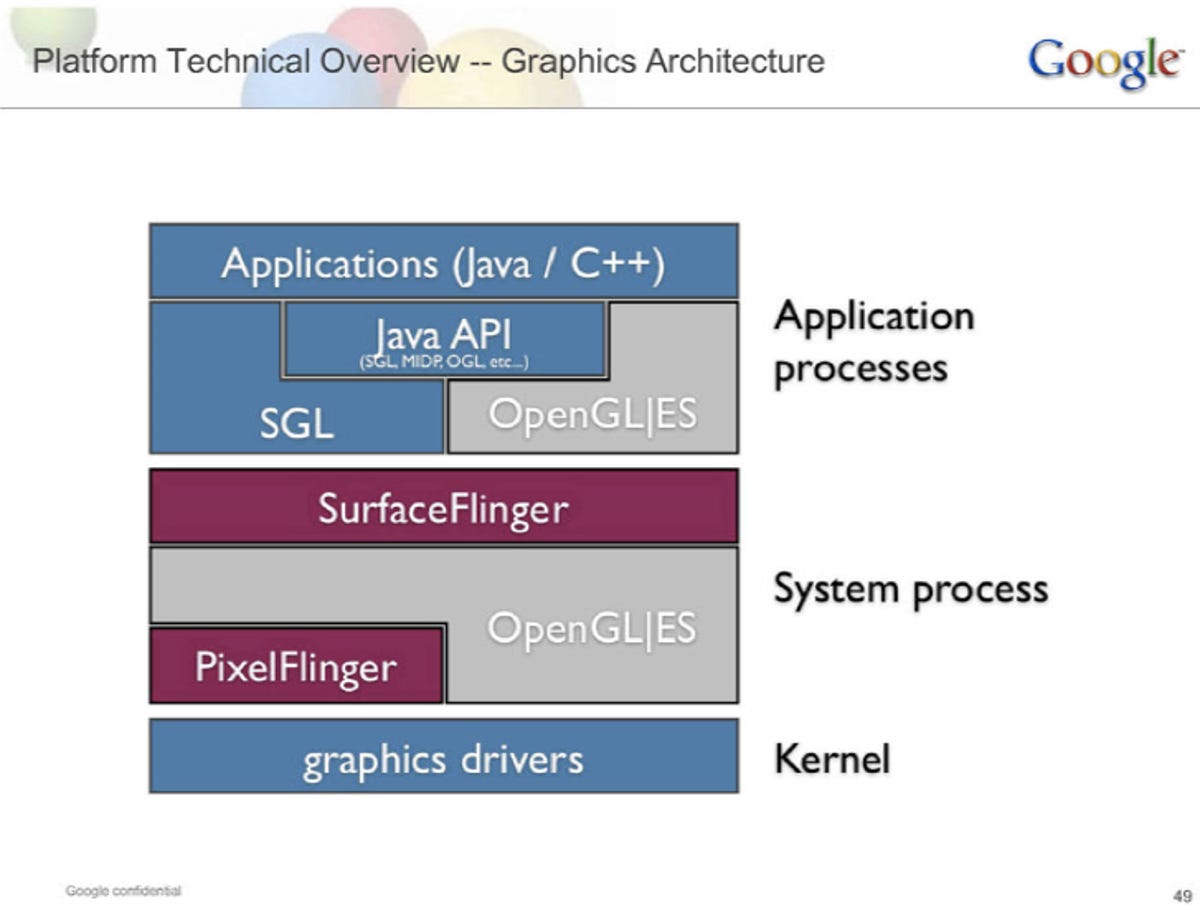

Oracle v. Google trial exhibit
The proposal stated:
Fact: Linux fragmentation threatens market acceptance. Tools and new app frameworks are biggest hurdles. 6M Java developers worldwide. Tools and documentation exist to support app development without the need to create a large developer services organization. There exist many legacy Java applications. The wireless industry has adopted Java, and the carriers require its support.
Strategy: Leverage Java for its existing base of developers. Build a useful app framework (not J2ME). Support J2ME apps in compatibility mode. Provide an opTMobileized JVM (Dalvik).
Google’s CEO Larry Page said in his testimony that Android was not “critical” to Google’s future success. A slide from the presentation appears to make the case that Android and Chrome, Google’s browser platform, are critical to the success of Google’s core business units.
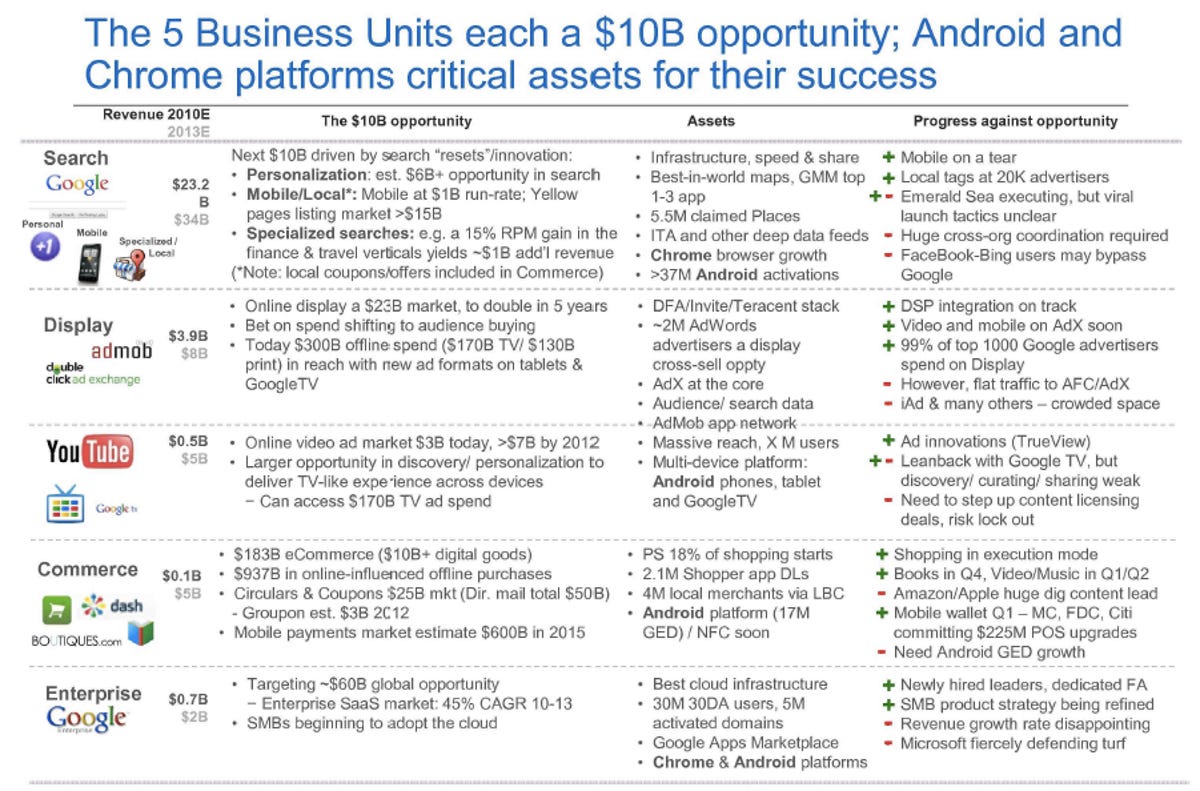

Oracle v. Google trial exhibit



